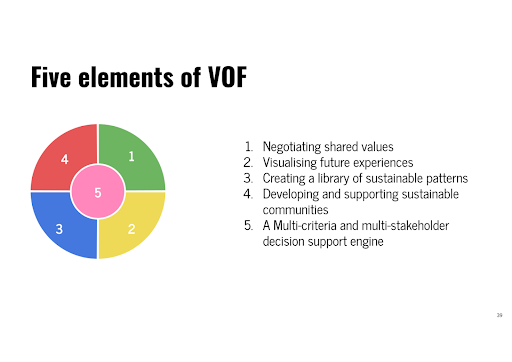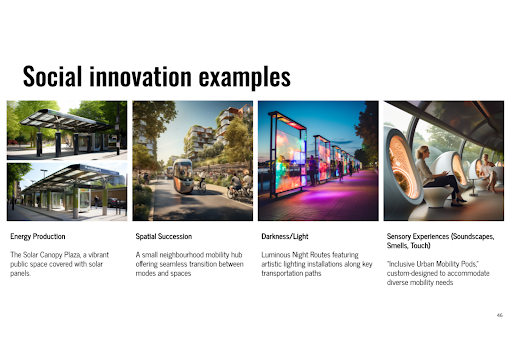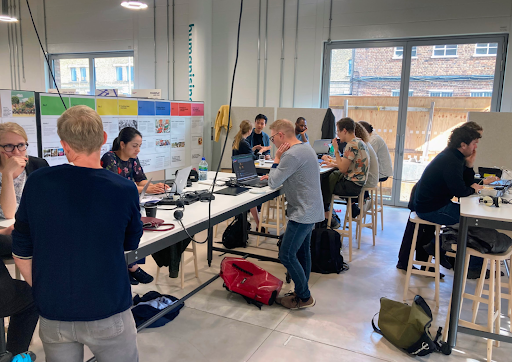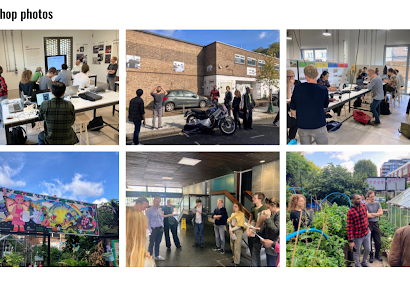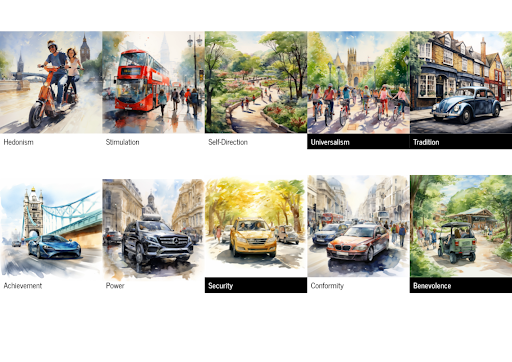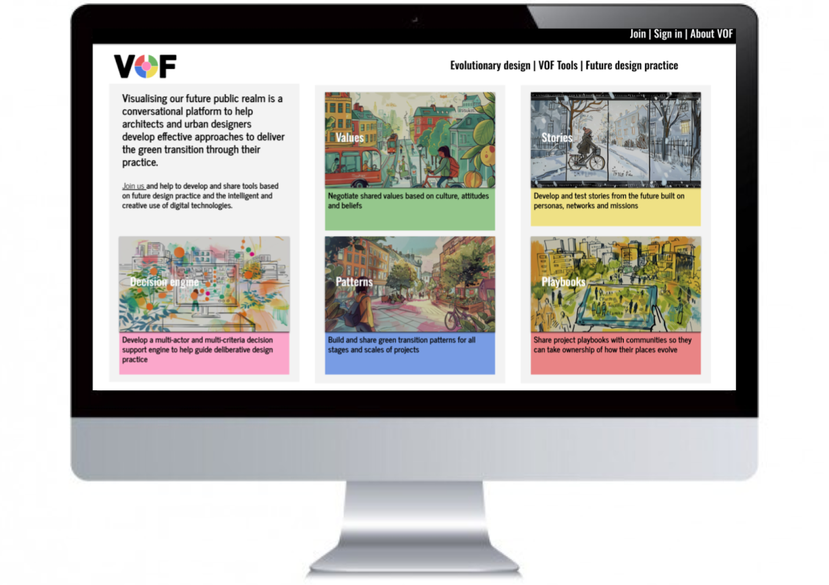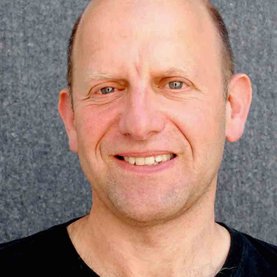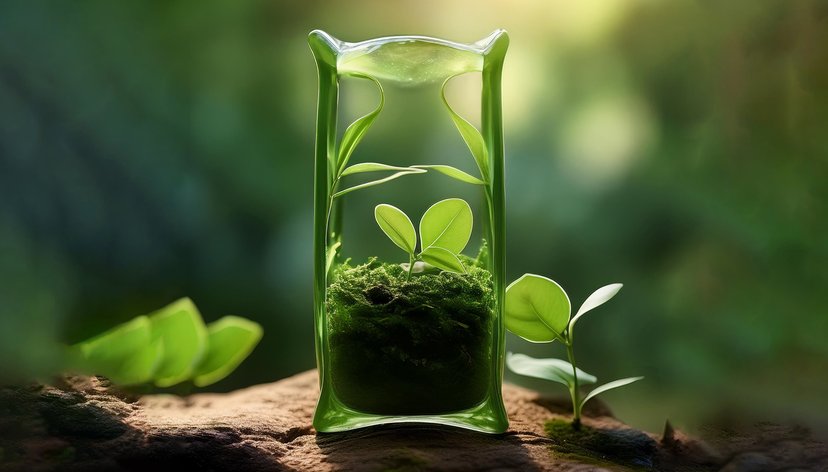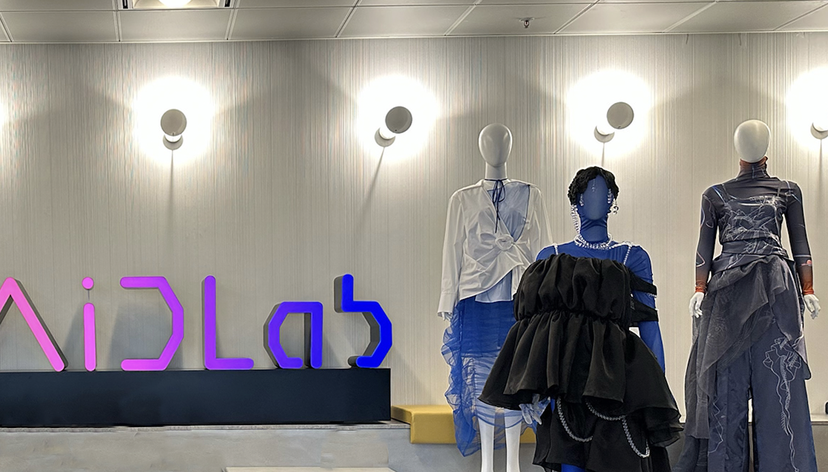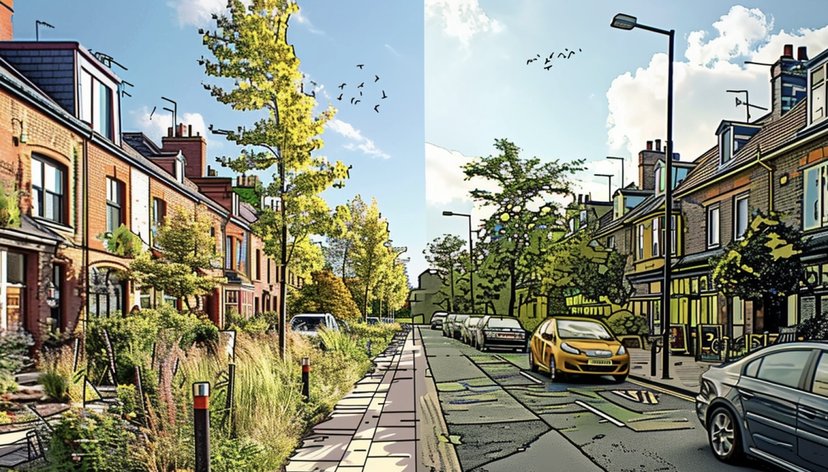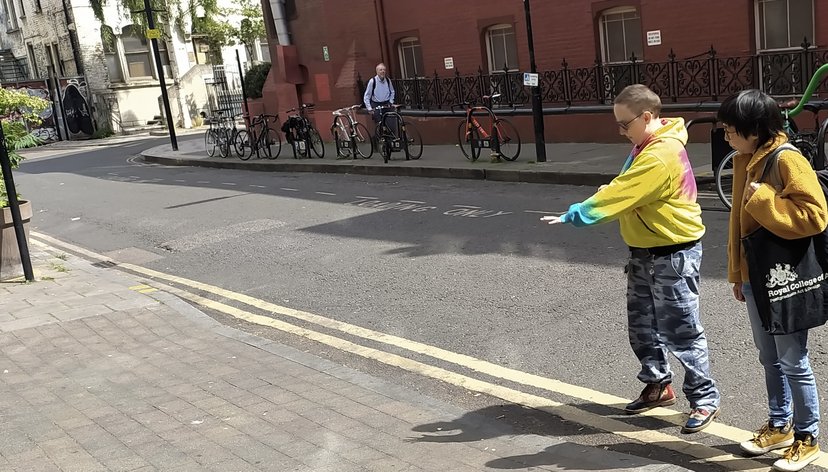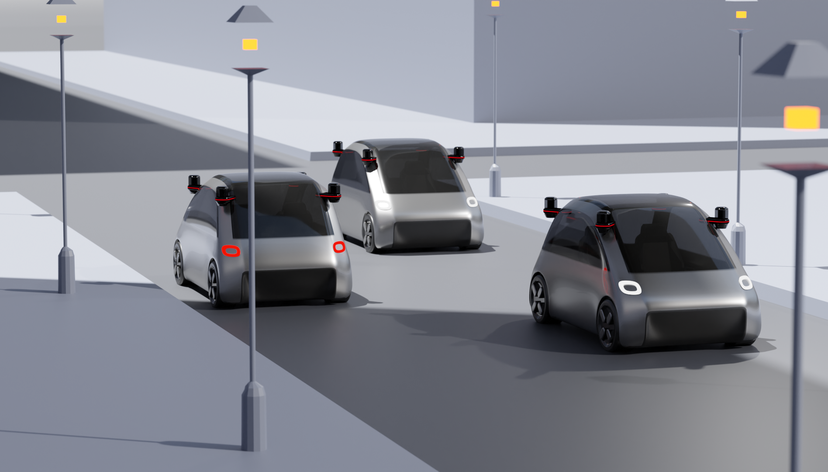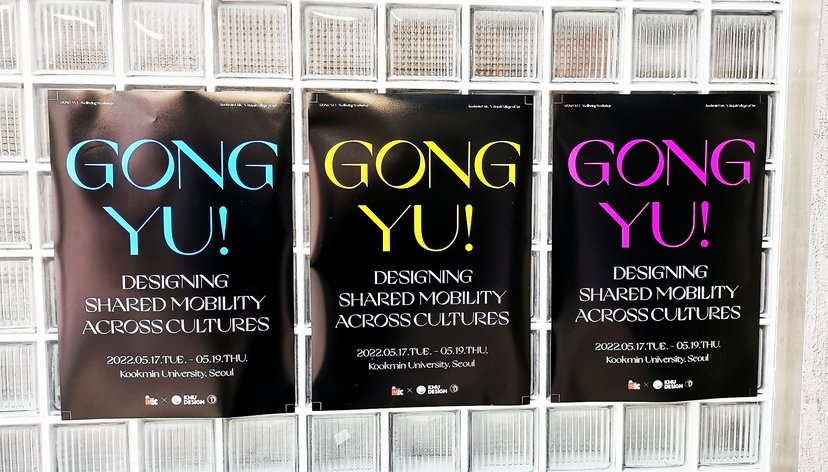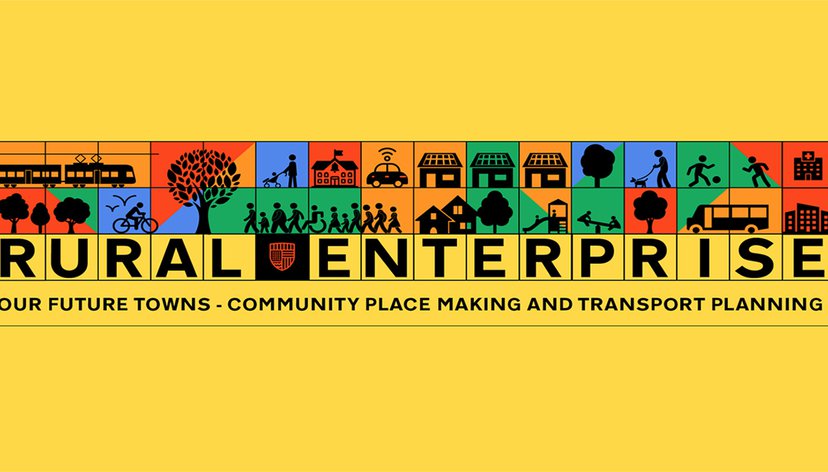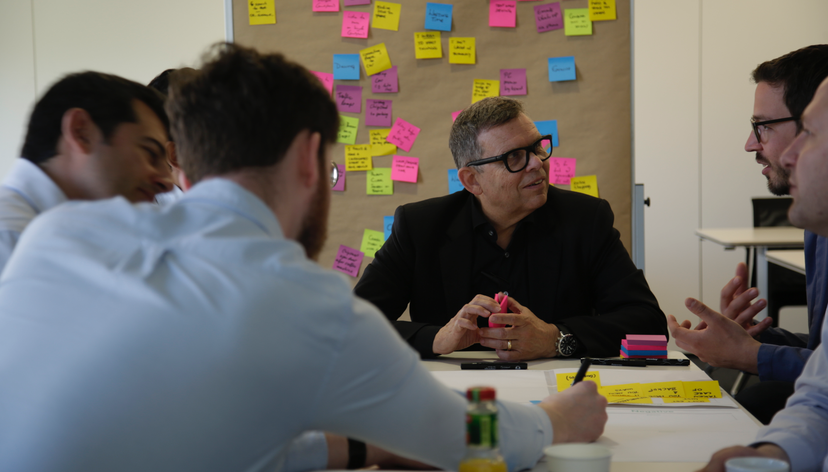
Visualising our future public realm is a collaborative design research project that investigated the role of digital tools in the development of new practices that help Finnish architects and urban designers expand their ability to engage with the green transition.

At a glance
We supported Aalto University’s research through a focus on opportunities to engage with service and mobility design practices.
This two year project included design-led research with academic researchers, Master’s students and industry partners to understand opportunities to use digital technologies to support the green transition.
We undertook discovery, definition and development activities as part of the wider research team. This included:
- Hosting a community-based architectural design project at the Royal College of Art’s Battersea campus.
- Running development workshops and interviews with the research team and partners in Aalto University.
- Supporting the design and development of a prototypical urban design tool with our industry partner SmartViz.
- Contributing to the development of the book of VOF and an industry seminar in Helsinki
“But always remember, Technology is a useful servant but a dangerous master.”
Key details
Gallery
More information
The challenge
It is widely known that buildings and urban mobility systems are the largest contributors to unsustainable environmental pollution leading to significant negative impacts to people and the natural world.
To dramatically reduce this impact industries and cities need to change their operations and deliver the green transition urgently.
One of the underutilised forces is the creativity of design agencies. However, Finnish design-related companies face challenges in navigating new sustainability goals, as the concept is complex and unclear, extending beyond aesthetics, functionality and even technical aspects.
This research project seeks to explore how digital tools can support community-scale urban design and retrofit projects that promote sustainable and inclusive transitions in our public realm.
What we did
The design research included desk-based research, workshops with researchers and industry partners and the development of a site-specific research activity to test tools and approaches with Master’s students from Aalto University. The knowledge gained through this work was shared and developed through reports, meetings and the shared development of a final project publication.
We contributed to the development of the research proposal, ran design workshops and interviews with research and industry partners and Master’s students to uncover novel approaches to the use of digital tools as part of the design and development of future architecture, urban and mobility plans.
Our initial discovery research suggested the potential of game-like interfaces that bring together designers, environmental science and citizen / stakeholders to codesign visions, missions and models of future environments.
Definition workshops with partners generated a range of alternative tools that built on value-sensitive design, sustainability centred storytelling, futures-based layered pattern making and community playbooks for the green transition.
These were visualised as a web-based toolkit enabled by bringing together practice knowledge and site-specific networks and communities. This platform approach could be supported by language models that are trained on a combination of design knowledge and location-sensitive data mining.
We supported our industry partner, SmartViz, in the development of a prototypical mapping and visualisation tool that used a chat interface to collect and develop prompts from different team members, building on values, missions and personas defined by the research team.
The final phase of the project included a design development review of the prototype, a research paper that reflected on the challenge of developing new narratives for mobility in the city and the use of an audio LLM to digest and playback our research on visualising values.
The green transition is a values problem
It’s discussed by scientists and politicians through the lens of words like mitigation and adaptation - and in the field of mobility through words like ‘avoid’, ‘shift’ and ‘improve’. But do these words actually change our cultural lives or do they assume that our problems can be solved by technologies alone?
There are of course technical solutions to carbon emissions and biodiversity loss, but we have not started bending the curve downwards and the political environment is not looking good.
So, we should place more hope in the role that Finnish culture and Finnish design can bring to the green transition not just locally but through their outreach across Europe and beyond.
Ideas of talkoot - shared community action - and sisu - steady perseverance despite the climate and the conditions - these values are the real drivers of change and they are things that are embedded in Finnish life - from the ritual of the public library and the public sauna to the deep connection between nature, material and space found in works from Aalto to Ala and beyond.
These values can help us to reframe what the green transition means and what our future public realm does, how it feels and what it represents.
In mobility design it may mean moving from avoiding, shifting and improving to activating people and places, sharing our public realm more intensively and creatively and including everyone to create environments where people and nature is welcomed. We’ll have to do this, not just for our own health, happiness and wellbeing but also for the protection and restoration of our natural world.
And, beyond mobility, going back to the key steps in visualising our future, we need to think about how we use technologies. If values are at the heart of the green transition, then how do we visualise them? How do we negotiate our future through design?
Outputs
VOF discovery report, May 2023
VOF definition report, Aug 2023
Capstone Project 2023 — The Dance of Life: A New Direction for Evolutionary Architecture and Social Innovation - contributing researcher
Visualising Our Future Public Realm, Battersea Workshop, September 2023
VOF development report 1, Feb 2024
VOF development workshop 2, March 2024
Reimagine London Together, Public lecture, London, June 2024
VOF values AI podcast, Dec 2024
VOF concluding seminar at Aalto, December 2024 Book of VOF - contributing author
Wisdom Letters | University of Jyväskylä. Authors: Antti Ahlava, Laura Berger, Simon Kay-Jones, Fernando Nieto, Dan Phillips, Natalia Vladykina. Will be published during 2025
